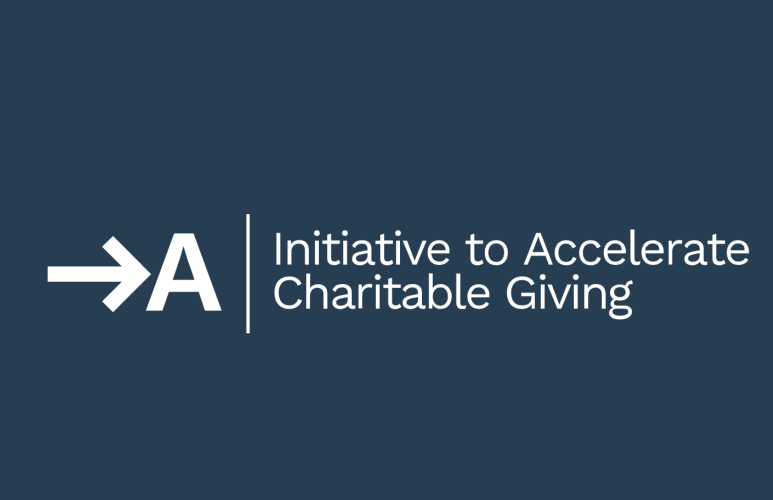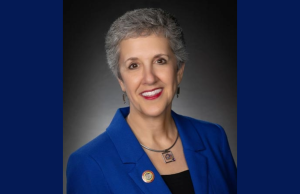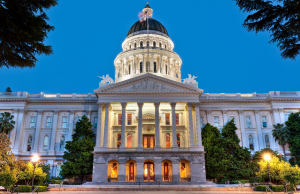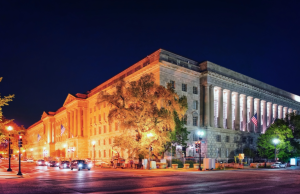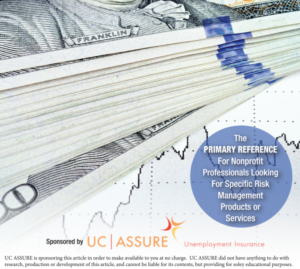Private foundations would be limited in their use of donor-advised funds (DAF) to make annual qualified distributions, under changes included in the new federal budget. The proposed DAF regulation was among several new tax proposals included in President Joseph Biden’s $5.8-trillion federal budget for 2023 released on Monday.
The proposal would clarify that a distribution by a private foundation to a DAF is not a qualifying distribution, unless the DAF funds are “expended as a qualifying distribution by the end of the following taxable year, and the private foundation maintains adequate records for other evidence showing that the DAF has made a qualifying distribution within the required time frame,” according to “General Explanations of the Administration’s Fiscal Year 2023 Revenue Proposals,” otherwise known as The Green Book. “It is not appropriate for a private foundation to satisfy its distribution requirement by making a distribution to a DAF. This use of DAFs can subvert the goal behind minimum distributions by reducing the current charitable use of the associated funds.”
Limiting the use of DAFs to avoid private foundation payout requirements would save the federal government a projected $64 million over the next decade, including $50 million from 2023 and 2027, and $16 million in 2023, according to The Green Book, which provides cost estimates and descriptions for revenue proposals in the federal budget.
In a statement, the Initiative to Accelerate Charitable Giving (IACG) described the measure as a “welcome acknowledgement that our charitable giving laws can be improved to get more money into the hands of working charities faster.”
Proposals in the Green Book that “lack bipartisan support – or that are part of larger policy initiatives that lack bipartisan support – generally remain very uncertain this year,” according to an analysis by accounting and financial management firm KPMG.
“Today’s outdated charitable giving tax laws unfortunately provide too many loopholes for charitable contributions to be warehoused on the sidelines, and the administration’s proposal would take an important step to close one gaping loophole that allows private foundations to meet their payout requirement by making distributions” to DAFs, according to the IACG. The initiative “supports greater and timely distribution from both private foundations and DAFs to charities and applauds the recent bipartisan momentum in Congress for developing charitable giving policy solutions alongside the administration’s recent work on this issue.”
The timeframe in the president’s budget, however, is too restrictive and may limit foundations’ ability to partner with nonprofits and other funders, including community foundations, Council on Foundations (CoF) CoF President and CEO Kathleen Enright said. “We agree with the president that these funds should be distributed in a timely way,” she said in a statement to The NonProfit Times. The Washington, D.C.-based advocacy group released its own recommendations for the use of DAFs that include establishing a five-year timeframe for distributions from DAFs capitalized by private foundations. “This both ensures that charitable dollars reach the communities they are intended for and preserves flexibility for private foundations to best advance their missions,” Enright said.
Private foundations are subject to a 5% annual payout and failure to meet the minimum distribution requirement is subject to a 30% excise tax on the undistributed amount. The IACG contends the rule can be easily avoided. The coalition has advocated regulations be enacted to prohibit making distribution to donor-advised funds (DAFs) to meet payout obligations or to avoid private foundation status by funding entities through DAFs.
Between 2006 and 2019, assets held in DAF accounts increased from $31 billion to almost $142 billion, about 356%, according to the Joint Committee on Taxation (JCT). Meanwhile, contributions to DAF accounts increased 331%, from $9 billion to almost $39 billion, as distributions from DAF accounts increased 380%, from less than $6 billion to $27.4 billion. During the same period, total giving in the U.S. increased by 52%.

